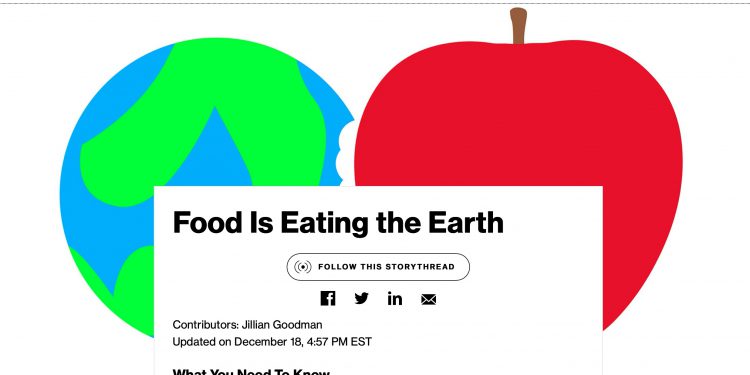Bloomberg reports that how, where, and how much we grow all contribute to climate change, which in turn affects everything from complex supply chains down to the seeds we plant. It asks: Can we adapt? And, just as important, how fast?
It says:
- 17% Percentage of beef shipments to the European Union from the Amazon region and Cerrado, Brazil’s savanna, that may be linked to illegal forest destruction, according to a study published in Science.
- 8.3 billion gallons China Lake, California’s annual water deficit.
Even before the coronavirus pandemic, a staggering 149 million people were living in famine conditions. By 2050, the United Nations projects the global population will be 9.7 billion, on its way to topping out at 11 billion in 2100. Add in the disruptive effects of climate change and we’re looking at difficult times ahead.
The pressure to produce more food, or at least to make more money from agriculture, is driving nations to clear forests and wetlands for farms and divert scant freshwater to grow crops in the desert, which will in turn drive more atmospheric changes, creating a vicious cycle of food system disruptions. But it doesn’t have to be this way.
Keep abreast of this story thread.























